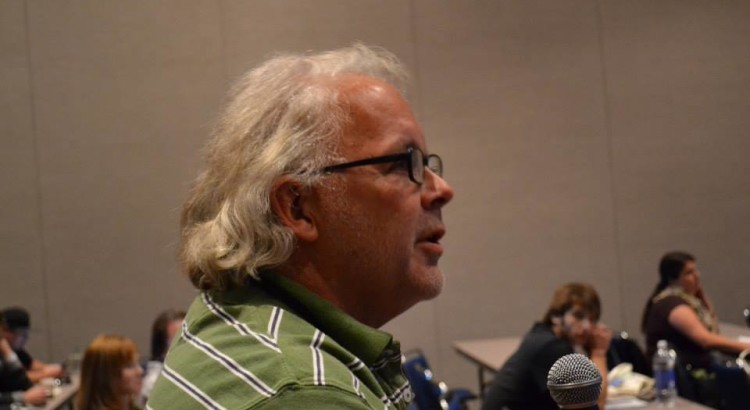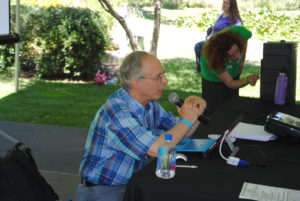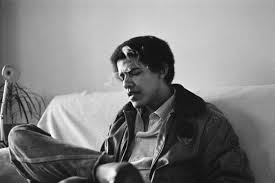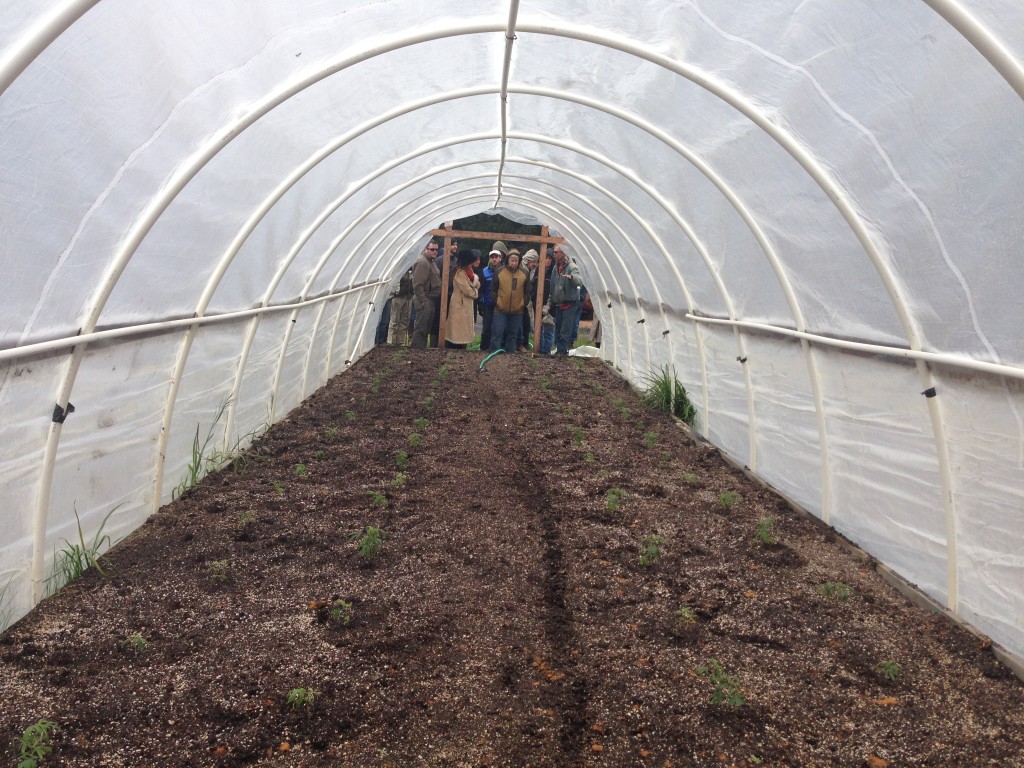by Dominic Corva, Event Producer and Social Science Research Director
This year’s posts about The Original Terpestival (TM) follow the rhythm of the event’s production. First, we told you about the event. Second, we made our call for entries, explaining the political economy of the entry process — how the entry economy has a politics to it, specifically a politics of wellness. Along the way we described the value we are creating for entrants, who are provided with a vehicle for branding and marketing I 502 cannabis beyond THC and low price. We have also referred to the value created by our keynote and popular education panels, which serve to educate budtenders, consumers, retailers, policymakers and the public (in roughly that order of priority) on the science and economy of the whole plant. We also target producers and processors of course, but that demographic is significantly already educated and acting on whole plant knowledge.
Today begins a short series on the theory and practice of our keynote and education panels. I thought to write just one, but really there’s quite a bit to talk about and I want to keep these missives digestible.
I first wrote about the education work that can be done in cannabis events in August, 2014, for The Ganjier. This was barely a year after founding CASP, and inspired by the network of highly conscious cannabis events I had been pulled into over the previous few years doing research on policing and cannabis agriculture. I had been speaking at Seattle Hempfest since teaching a course on Cannabis and Society for the University of Washington’s Law, Societies and Justice Center in 2009, but once my cannabis research began in earnest I found myself participating in some key Southern Humboldt/Emerald Triangle events that combined popular education with industry evolution. These included the the last Emerald Cup before it moved to Santa Rosa and got huge, produced by Tim Blake; The Golden Tarp Awards produced by Kevin Jodrey; and also Kevin’s Spring Planting event.
What struck me was how these events successfully created spaces of intense interest from industry, to listen and learn, even with all the fun and games going on. The intent of the producers to create knowledge that was Useful coincided with the industry’s organic compulsion to seek out Necessary Knowledge, because things were changing fast. Humboldt’s watersheds were drying up, prices were crashing, and new industry players were colonizing a real estate landscape that was developed earlier by much more ecologically conscious “back to the land” and eco-anarchist groups. The Redwood Curtain was being ripped away in a process of creative destruction that could not be ignored. And it was all being catalyzed by a tectonic shift in public policy, away from punishment and eradication and towards especially environmental regulation and later, tax revenue collection.
What I learned from my journey was that if cannabis culture was to survive the policy shift to “tax and regulate,” it would require a lot of work by cannabis culture to make itself Useful and Necessary for the legal industry future. It had to create ways for new players, market participants, and consumers to do cannabis capitalism differently than commodity capitalism, which would otherwise simply destroy and replace the anti-authoritarian, ecologically conscious social movement that made it possible.
But the Washington context was, and remains, quite different from the California context, which focused on best growing and extraction processes, environmental issues, and regulatory genesis. Before I 502, our sun grown cannabis agriculture was dwarfed by its urban counterpart along the I 5 corridor. Our regulatory genesis was driven first by the politics of rights, and then later by the alcohol regulators tasked with literally replacing our decentralized, largely indoor economy, on the one hand; and imports from British Colombia (which largely ended in 2006), Oregon, and California on the other. Most significantly, our state made the choice to regulate cannabis like alcohol, rather than like cannabis.
The “like alcohol” crowd created new barriers to entry and participation that meant the new industry couldn’t take up the Whole Plant and conscious consumer politics associated with traditional cannabis culture in Washington. They took the cannabis out of the jars and sealed them into little packages with THC content on the labels, the only information besides how pretty the package was for consumers to go on; and disenfranchised medical products by alienating medical consumers through a mandatory registry and by closing down the broadly accessible system that had developed under medical cannabis. I don’t mean to reproduce moral outrage for something that has happened and isn’t going to be restored. The facts presented here explain how our industry got evolutionarily “stuck” and how our keynote and popular education efforts create Useful and Necessary Knowledge for stymied industry growth through evolution.
This meant that producers and processors didn’t have much to differentiate their product on the marketplace, on the one hand, especially through smells, samples, and sharing; and that efforts to produce medical products, including but not limited to CBD-rich products, could not be profitable enough to pursue. The game was THC monoculture, low prices, pretty packaging, and high volume.
The problem with THC monoculture isn’t simply a moral one. It severely limits the ability of producers and processors to compete in the marketplace, since they are all chasing the same market variables. And it severely limits the ability of retailers to reach a significant existing market, medical consumers; as well as to create a strong new consumer base more interested in the “wellness” aspects of cannabis consumption than how high they can get (not that there’s anything inherently wrong with that). These include but are not limited to: retirees, veterans, athletes, children with epilepsy, and people who want to explore ways of dealing with pain beyond pharmaceutical medicine with often horrific side effects including addiction. The future of the legal cannabis market is much broader and highly differentiated than the I 502 present.
But it won’t be if our most knowledgable and innovative producers and processors go out of business because they can’t win the race to the bottom. Thanks in large part to the pioneering lifework our keynote speaker, Dr. Ethan Russo, they don’t have to. Producers and processors can compete in a diverse marketplace especially by highlighting the incredibly diverse ways that terpenes and terpene profiles deliver cannabinoids to many, many different endocannabinoid systems — many of which are not made well by THC. While the Terpene Tournament (TM) showcases industry evolution, our keynote and panel speakers provide the scientific, technical, and expert information necessary to stimulate market growth and consumer preference for diversity.
There are three panels, two of which are annual in the sense that they address ongoing topics associated with a popular education focus: branding cannabis with the politics of wellness, by populating and popularizing the value of terpenes in the production of the “entourage effect” coined by our keynote speaker, Dr. Ethan Russo. This stands in contrast to a monocultural focus on the cash value of lab-reported THC, which we see as the cultural foundation of the current regulated market.
Let’s take a look at the panels and then follow up in the coming days with a post that more thoroughly introduces our speakers and their specific topics.
Our Industry Evolution panel addresses constituent parts of industry so that they may prosper by valuing wellness. The purpose of this panel is to catalyze the evolution of Washington’s legal cannabis industry by featuring the Subject Matter Experts with deep historical and ongoing perspectives not readily available in Washington State. Our speakers are Kevin Jodrey of Wonderland Nursery and the Ganjier; Rick Pfrommer of Pfrommer Consulting, former lead buyer for Harborside Health Center; Aaron Stancyk of our lab sponsor Medicine Creek Analytics; and our Terpene Tournament (TM) Judges’ Coordinator, Alison Draisin of Ettalew’s Medibles.
Our “Current Topics” panel will change each year. This year’s addresses an emergent industry phenomenon, the market for Cannabis-derived and other Terpenes. The purpose of this panel is to educate industry and the public on different perspectives and techniques emerging as industry “takes on” terpenes to create and market products. Our speakers are Ben Cassiday of True Terpenes, Kate Quackenbush of I 502 processor Fractal, , Pam Haley of Aromatherapy Consulting and I 502 producer/processor Pam’s Plants; and Jeremy Plumb of Farma, The Cultivation Classic, and the Open Cannabis Project.
And of course, our Terpenes and Wellness panel addresses the science and practice of cannabis-facilitated wellness. The purpose of this panel is to hear from medical experts how terpenes are used in the clinical setting. Retention of the terpene fraction may influence the overall effect of the product used. Examples from patient will be presented. The speakers on this panel are: Dr. Michelle Sexton, co-founder and Medical Science Research Director for the Center for the Study of Cannabis and Social Policy; Seattle pediatric physician Dr. Hatha Gbedawo, and keynote speaker Dr. Ethan Russo.
The information provided by our subject matter experts create strong roots for another foundation to be possible: wellness. We understand wellness in terms of an ecology in balance, a condition of physical well-being that is reproduced by the health of the social system in which our bodies are embedded. Stay tuned for a more in-depth introduction to our speakers in the coming days!







